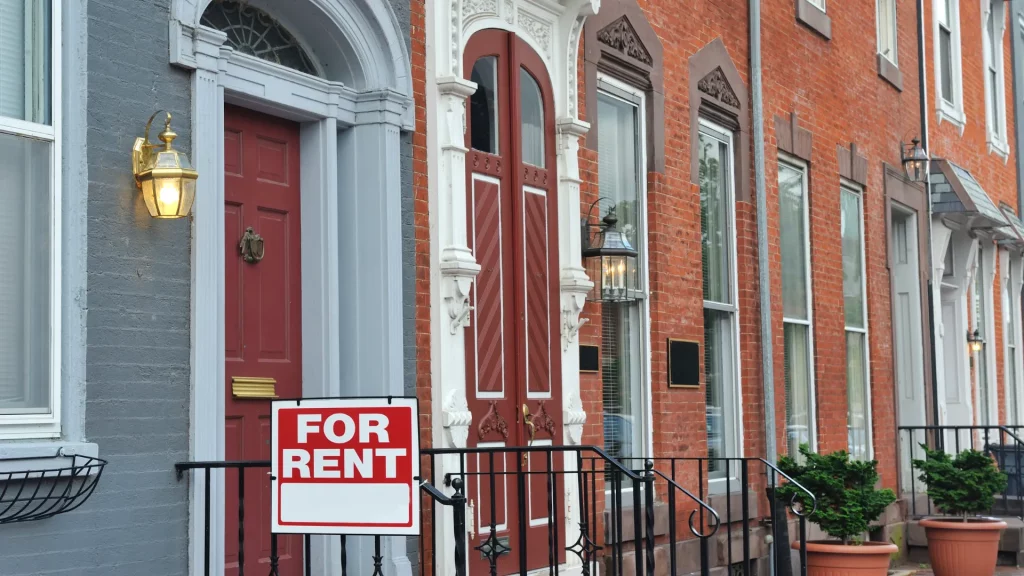Buy-to-let is when a property is bought specifically to rent it out
Many people in Britain, in search of a solid investment opportunity, found the buy-to-let industry quite profitable. But what was thought to be an effective way of bolstering the finances began to lose its shine gradually. According to Hampton’s analysis of data from the countryside, landlords sold 35,000 more properties than they bought in 2022. So what seemed to be a bustling sector to reap profits, the buy-to-let industry is slowly dying off.
Buy-to-let: Understanding the Term
Buy-to-let is when a property is bought specifically to rent it out. When we buy to let, we purchase the property and act as the landlord, and let out the property to make profits by charging rental payments. When the main focus is on profits, the rent payments must be higher than the cost of maintenance including the monthly mortgage repayments. When you purchase a buy-to-let property, you have to pay the deposit, Stamp Duty, and mortgage fees. If there is already a property that you own, there will be a higher rate of Stamp Duty. Payment for improvements and renovations must be still done along with income tax on rental income.
Why are landowners selling?
Many landowners saw buy-to-let as a tactful investment plan. But now they are worried about the surging costs and want to reduce the risk by selling homes and properties. Years after the then chancellor George Osborne suppressed the excessive tax privileges enjoyed by the buy-to-let investors, many complain that the government policies will destroy the sector. The troubled landowners could be a little relieved as a group of influential MPs are calling for a change to make the buy to let more financially appealing to smaller landlords, the Guardian reports.
In 2015, George Osborne introduced a series of reductions in tax relief on buy-to-let mortgages. This was followed by a three percent stamp duty surcharge on buying extra properties. This year, things are not looking great as the regulatory burden increases. Michael Gove, the secretary of state for levelling up, housing and communities, aims to strengthen the rights of tenets.
The Bank of England, since last year, increased the base rate 10 times, causing the mortgage cost to shoot rapidly. According to the reports of the Guardian, the average cost of a new two-year buy-to-let fixed-rate mortgage stood at 5.95%. This is again an increase compared to the 2021 rate of 2.9%. By the end of this year, monthly mortgage repayments for buy-to-let landlords would rise by £175, warned the Bank.
But not everyone suffers from this misfortune. Many landlords have benefitted from years of strong property prices while getting high rents. The small buy-to-let investors on the other hand will be spiralling into financial turmoil. An increase in mortgage rates has created losses for some investors while a possibility of a house price crash is yet another reason to move away from the sector.
Is buy-to-let investment a risky business?
Now the main question arises, Is investing in the sector worth it now? Well, to put it considering the present economic conditions, the industry has lost its shine over the years. A series of government measures and interest rate hikes have made the property a less attractive investment. Investing now in buy-to-let now might carry significant risks and is only suitable for people who can afford the unforeseen costs. But like a silver lining, the foundations supporting the buy-to-let market remain strong. The average rental rates have increased in the last 12 months. Analysts still estimate that the industry would bring in more money in robust areas with more workers.
